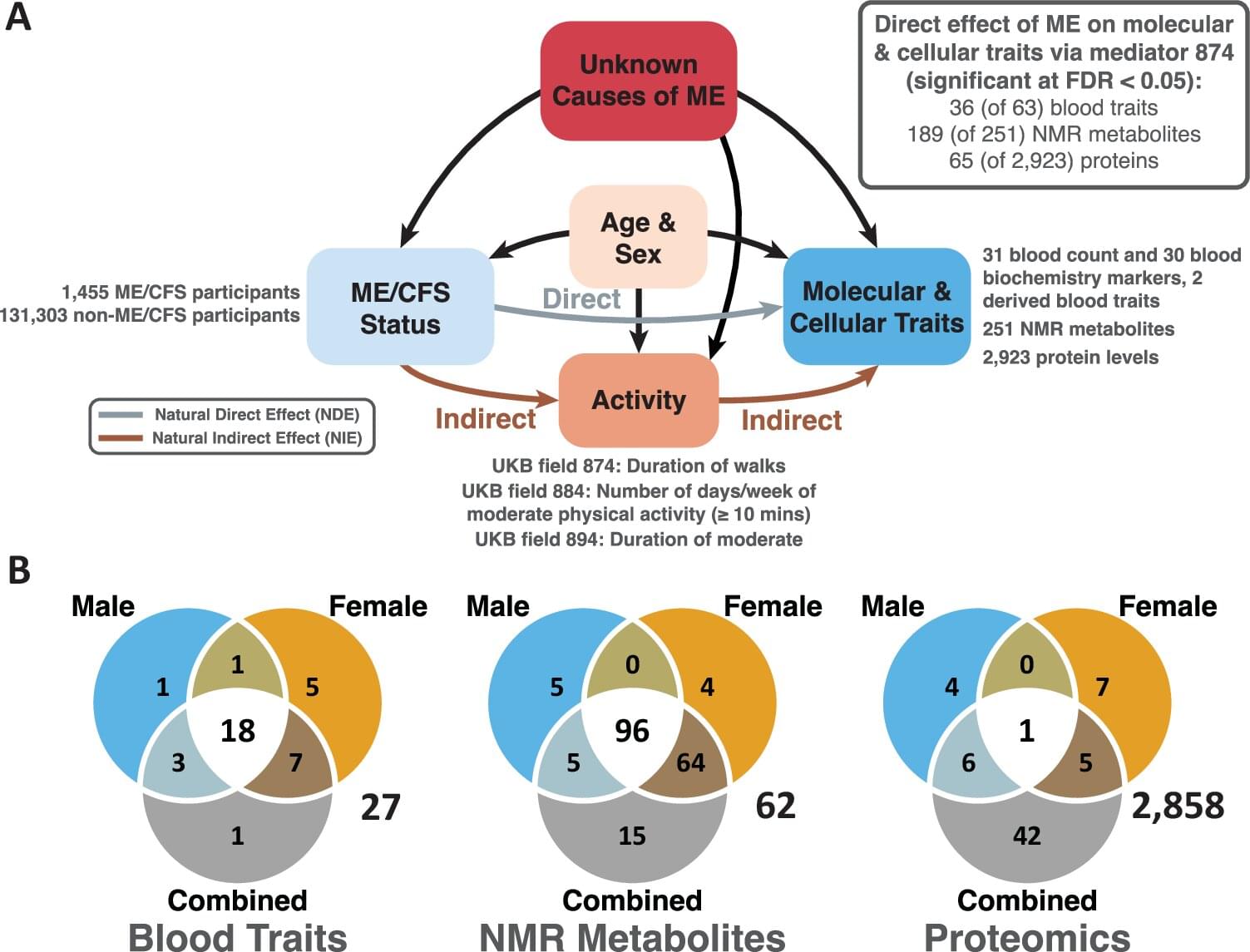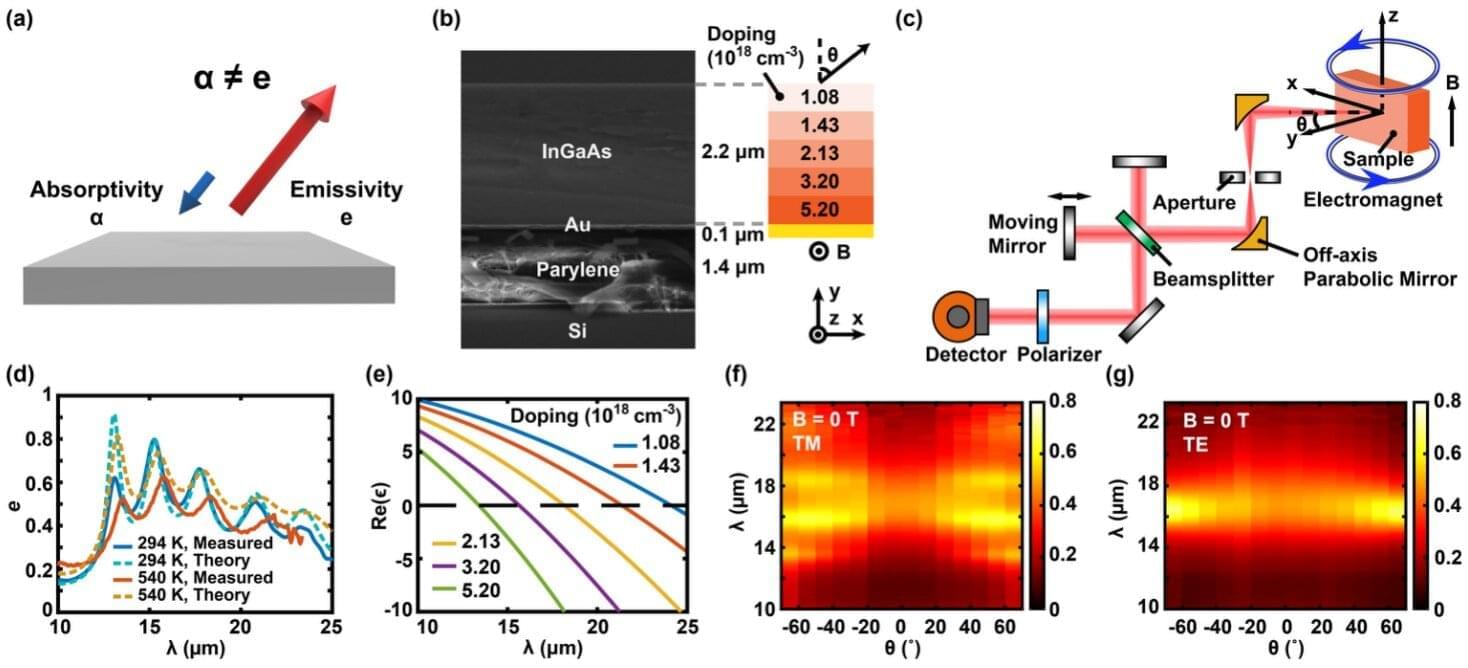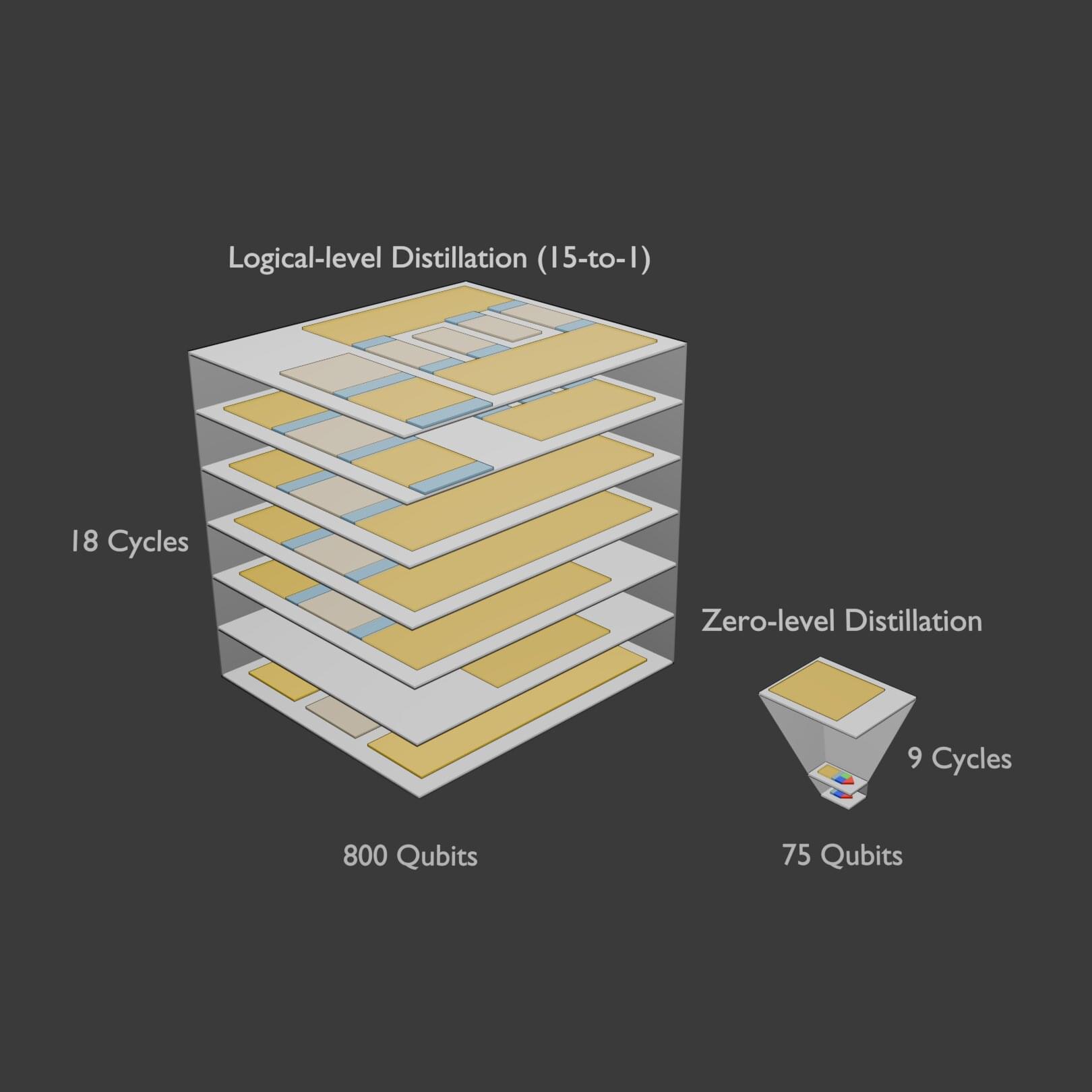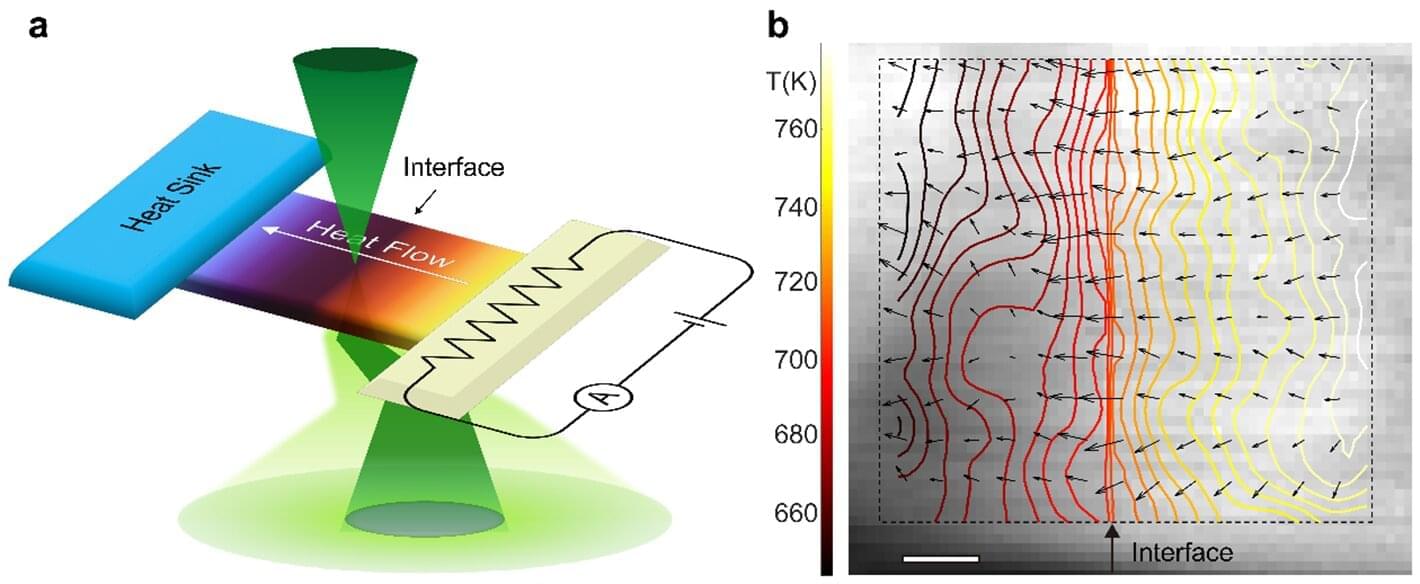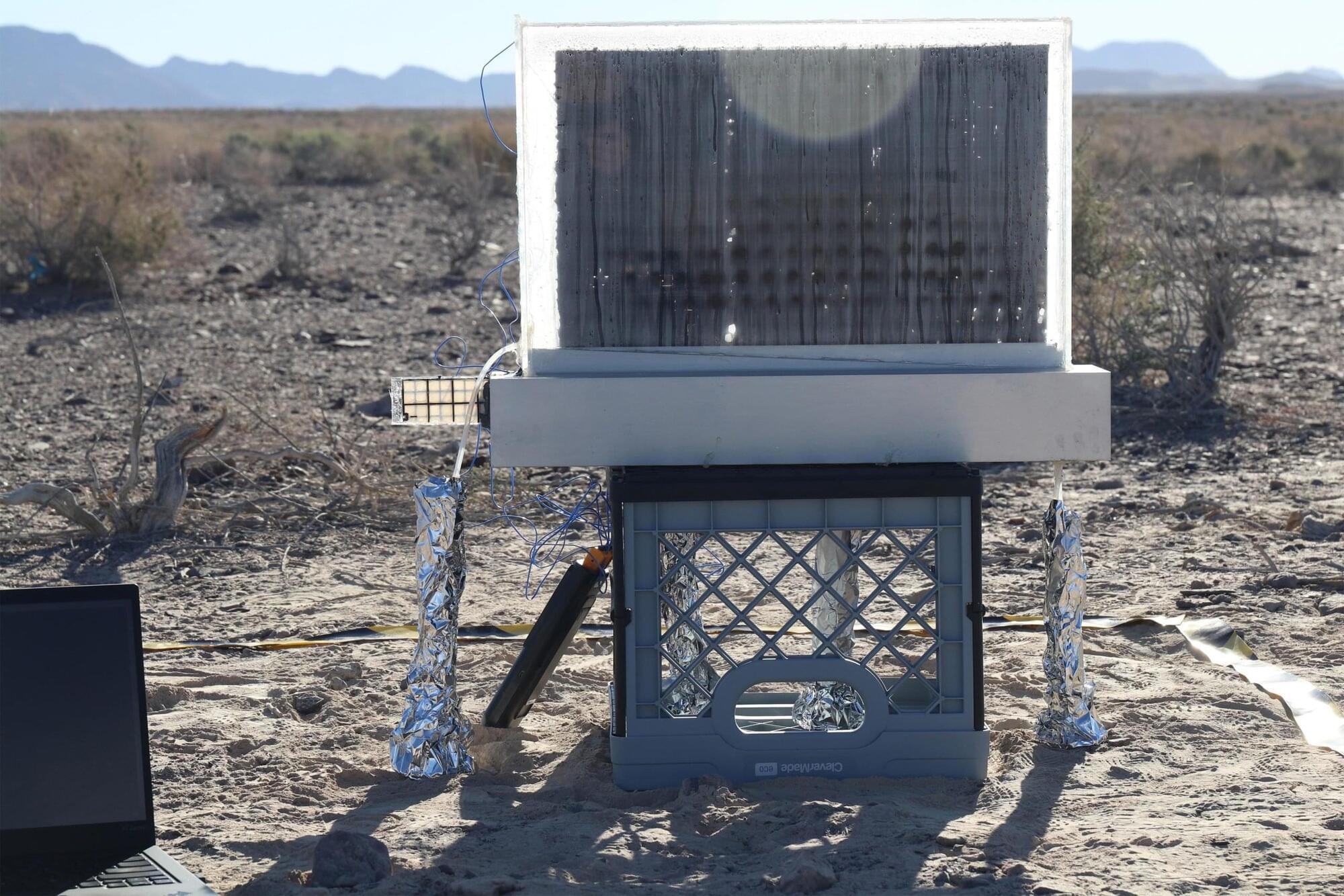People with ME/CFS (myalgic encephalomyelitis/chronic fatigue syndrome) have significant differences in their blood compared with healthy individuals, a new study reveals, suggesting a path toward more reliable diagnosis of the long-term debilitating illness. The paper is published in the journal EMBO Molecular Medicine.
The largest ever biological study of ME/CFS has identified consistent blood differences associated with chronic inflammation, insulin resistance, and liver disease.
Significantly, the results were mostly unaffected by patients’ activity levels, as low activity levels can sometimes hide the biological signs of illness, experts say.
